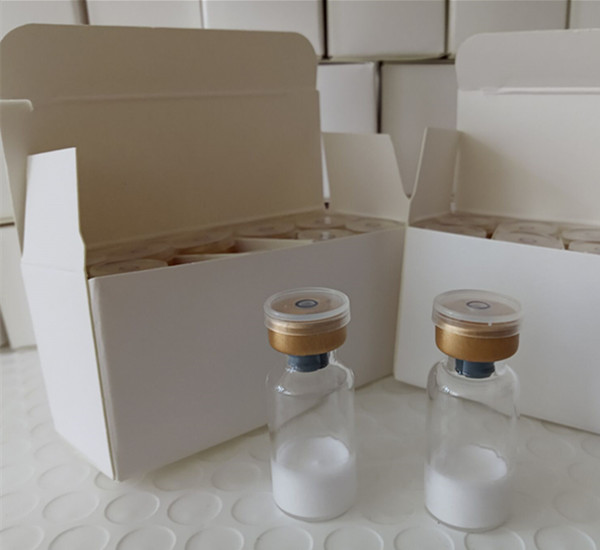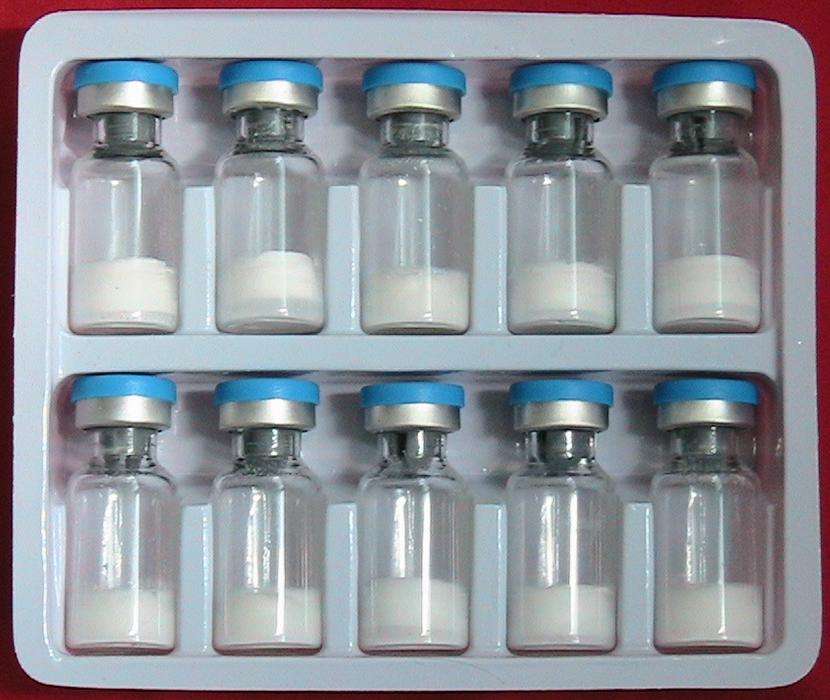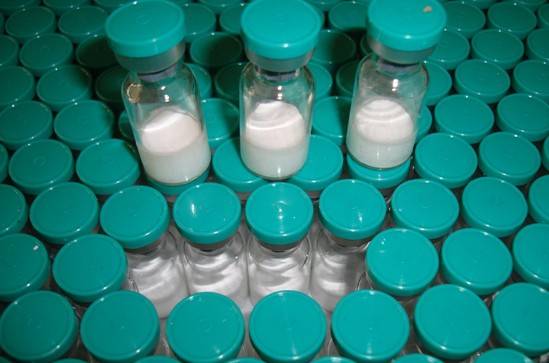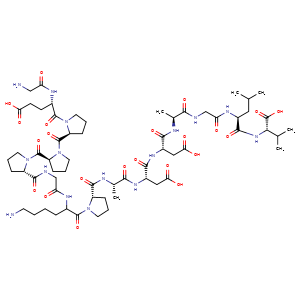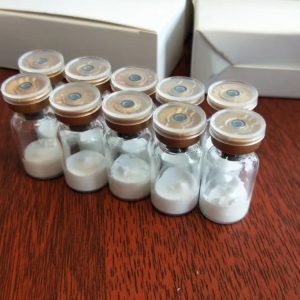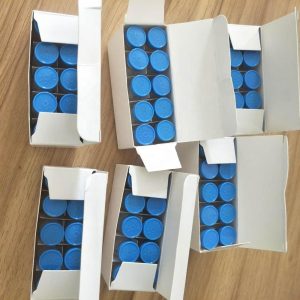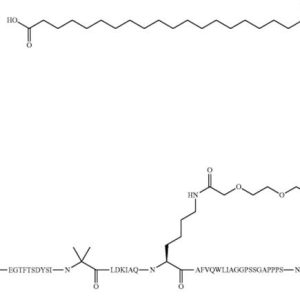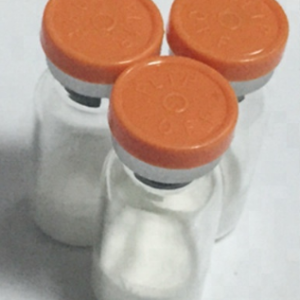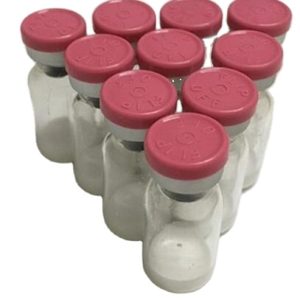BPC 157 is not a steroid.It is a synthetic peptide derived from a protective protein and helps alleviate joint pain, injuries, and those looking to improve joint mobility. It is often most used to treat stomach and intestinal conditions such as inflamed intestinal epithelium (leaky gut), eosinophilic esophagitis, and inflammatory bowel disease; however, its abilities to improve tpe 1 collagen and increase blood flow via angiogenesis means it is a powerful peptide for wound healing and overall regeneration following damage. Notably, It aids in alleviating joint pain, old injuries and those looking to improve joint mobility.
BPC 157 peptide benefits
There have been many positive effects noted by those who have experimented with the use of BPC-157 peptides for issues including bone healing, ligament healing, general regenerative properties and more. We will list just a small few of the key health benefits here.
Potent anti-inflammatory
Possesses neuro-protective properties—specifically modulating the serotonergic and dopaminergic systems
Promotes angiogenesis and vasculogenesis
Accelerates wound healing (e.g. muscle, ligament, tendon, nerve)
Promotes cell survival under stress
Maintains GI mucosal integrity
Protects and prevents gastric ulcers
Improves digestive function (IBS)
Used in Inflammatory bowel disease (IBD) exacerbations/flares
Protects liver from toxic insults (alcohol, antibiotics, etc) and promotes healing
Repairs tissue; such as GIT, tendons, ligaments, brain, bone, etc
Effective treatment for Traumatic brain injury (TBI)
Protects and heals inflamed intestinal epithelium (Leaky Gut Syndrome)
BPC-157 peptide Side effects
As with other peptide medications, BPC-157 can potentially cause several side effects that patients will normally experience after consuming peptides for an extended period of time. The most common side effects that patients have reported after using It include:
Blood pressure fluctuations
Nausea or vomiting
Dizziness
Hot flashes
Liver and kidney complications
Patients with pre-existing medical conditions are also at a higher risk of experiencing adverse side effects after using It. If you are currently taking other medications for your medical condition, you need to speak with a physician about any potential side effects before using BPC-157.
BPC 157 peptide Dosage Safety
It is generally considered safe for use. As it is naturally found in gastric juices, it should be well tolerated by the body in theory. BPC-157 dosage can vary for each patient. The typical BPC157 dosage can range anywhere from 200 to 1,000 micrograms. However, depending on your body type, taking such high amounts of BPC157 may pose a greater risk for adverse side effects, so your physician may recommend starting with smaller doses before gradually increasing your dosage to higher levels. They will also monitor your progress to determine the dosage level most effective in treating your body.
Dosage forms It comes in two different forms: oral capsules and an injectable form. As an oral capsule, It is best suited for gut restoration and for addressing intestinal problems. On the other hand, BPC 157 injectable is the preferred route of administration for inflammation, muscle sprains, ligament damage, and pain.
Buy BPC 157 peptide Chemical Properties
Melting point >232°C (dec.)
Boiling point 1802.9±65.0 °C(Predicted)
density 1.366±0.06 g/cm3(Predicted)
storage temp. Keep in dark place,Inert atmosphere,Store in freezer, under -20°C
solubility Methanol (Slightly), Water (Slightly)
pka 3.36±0.10(Predicted)
form Solid
color White to Off-White
Stability: Hygroscopic
InChIKey HEEWEZGQMLZMFE-ANCKLJOMNA-N
More Introduction:https://en.wikipedia.org/wiki/BPC-157
